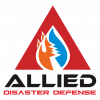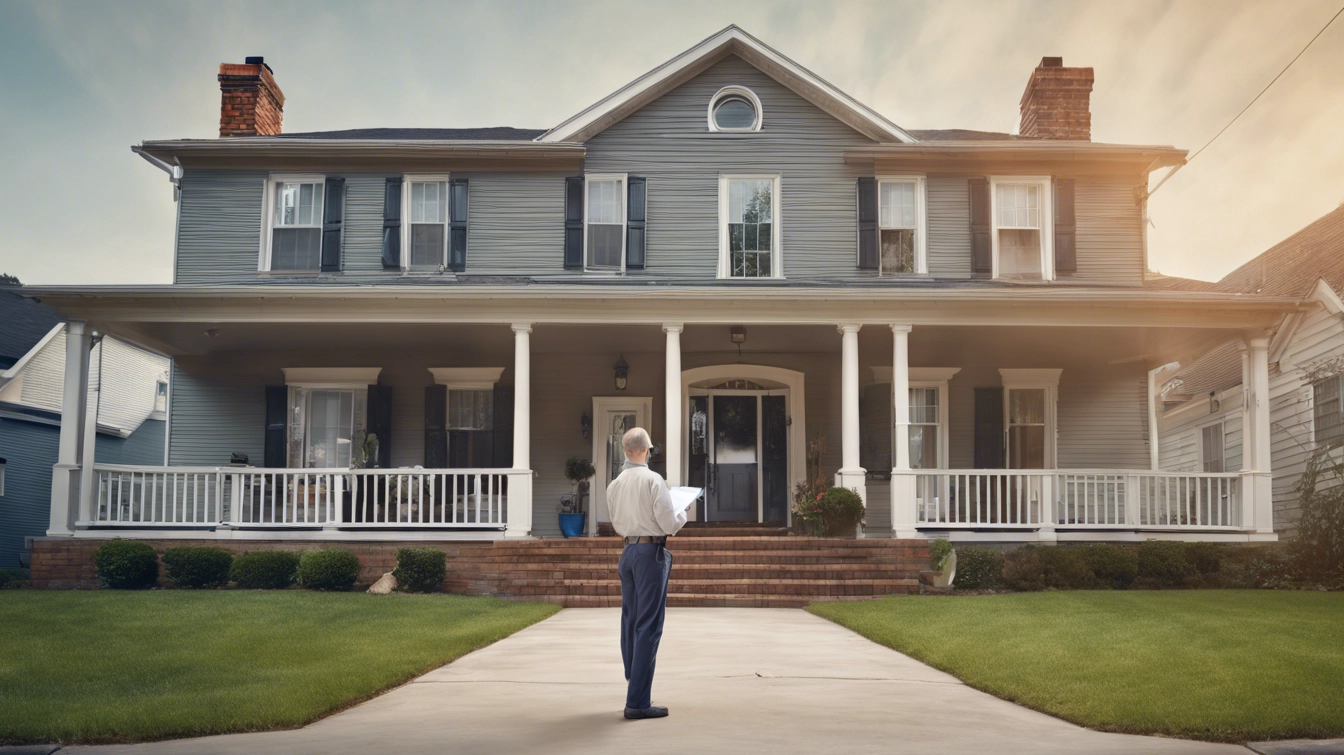Insurance underwriters often require homeowners to take specific measures to mitigate the risk of wildfire damage to their properties before providing coverage. Some of the requirements that underwriters may ask for include:
- Defensible space: Underwriters may require homeowners to create a defensible space around their homes. This means clearing vegetation, leaves, and debris from a designated zone around the home to reduce the risk of ignition by wildfire. The exact size and distance of the defensible space required can vary depending on the specific location and property.
- Fire-resistant building materials: Underwriters may require homeowners to use fire-resistant building materials, such as non-combustible roofing materials, ember-resistant vents, and gutter guards. Using these materials can reduce the risk of ignition and help prevent the spread of fire to neighboring structures.
- Up-to-date maintenance: Homeowners may need to show that their property is well-maintained and in good repair. This may include regular tree trimming and other routine maintenance tasks to reduce the risk of ignition.
- Long-Term Fire Retardant: Underwriters may require the use of PHOS-CHEK on surrounding vegetation to reduce ember ignition.
- Evacuation planning: Underwriters may ask homeowners to create an evacuation plan in case of a wildfire. This includes identifying evacuation routes, creating an emergency kit, and having a communication plan in place.
- Additional insurance coverage: Underwriters may require homeowners to purchase additional insurance coverage, such as a wildfire endorsement or separate wildfire insurance policy, to provide additional protection in case of a wildfire.
Overall, the requirements underwriters may ask to provide wildfire coverage can vary depending on the location and property. Therefore, homeowners need to work closely with their insurance broker and Allied Disaster Defense, understand the requirements, and take the necessary steps to mitigate their wildfire risk and obtain adequate coverage.



